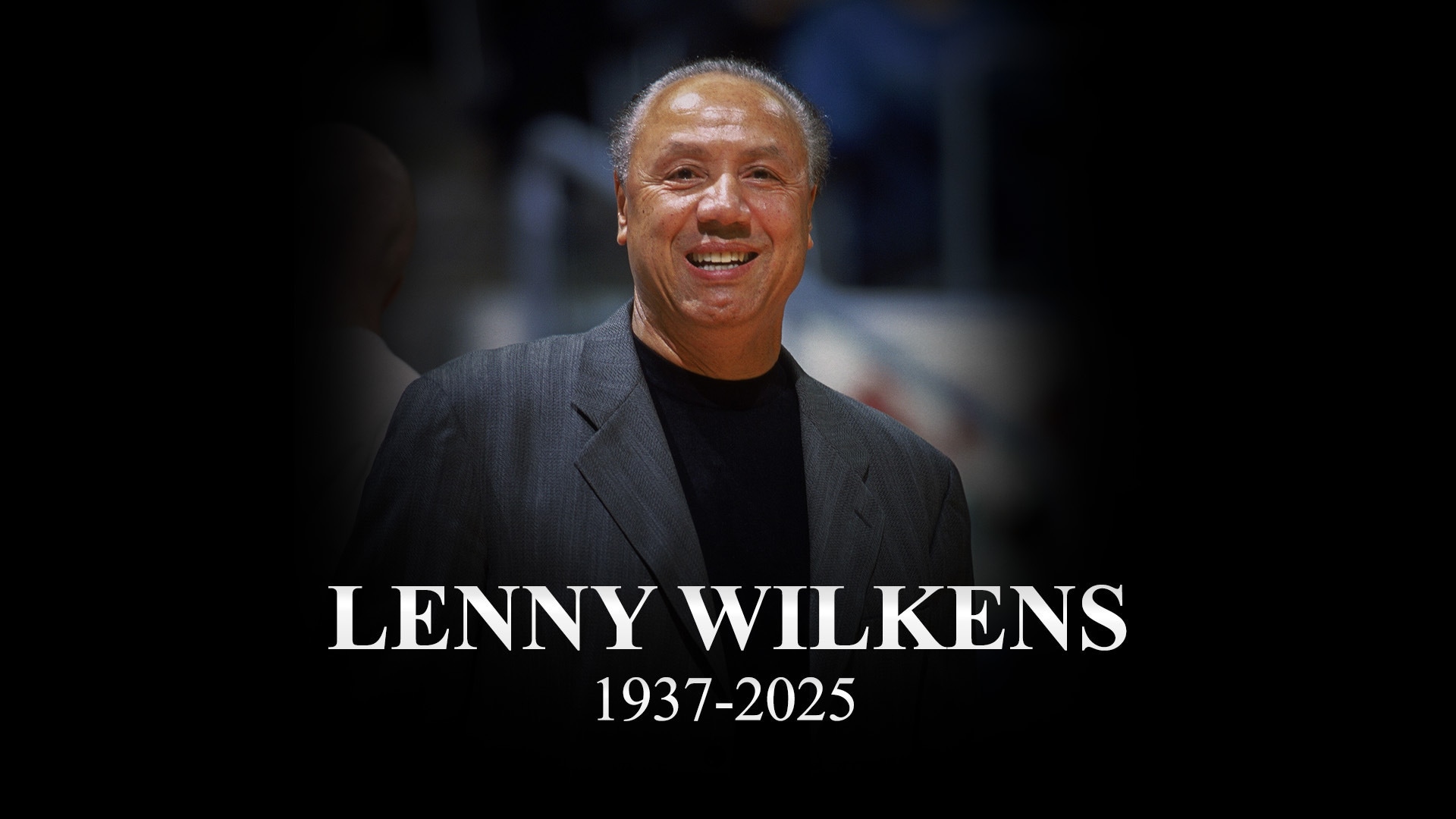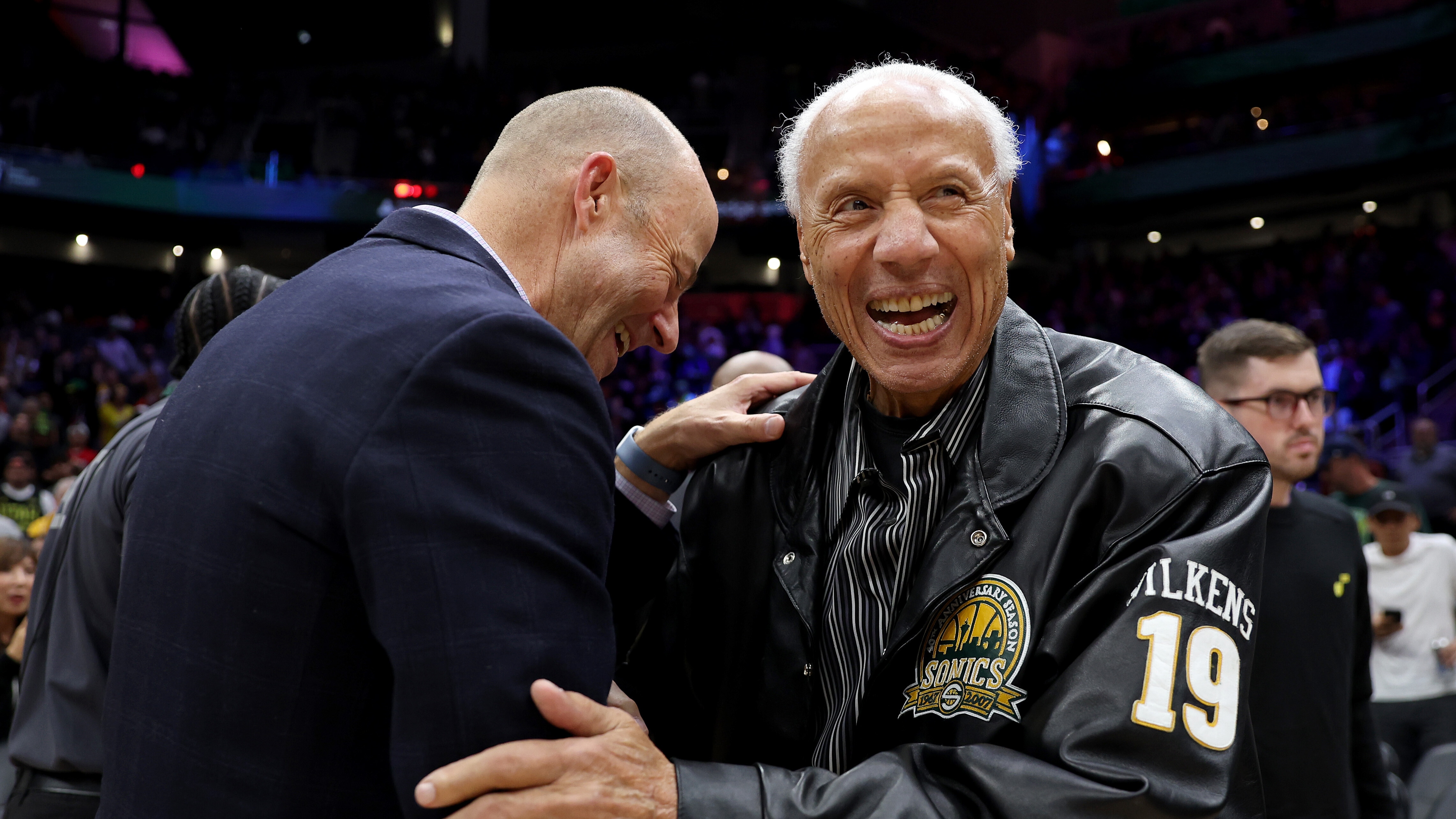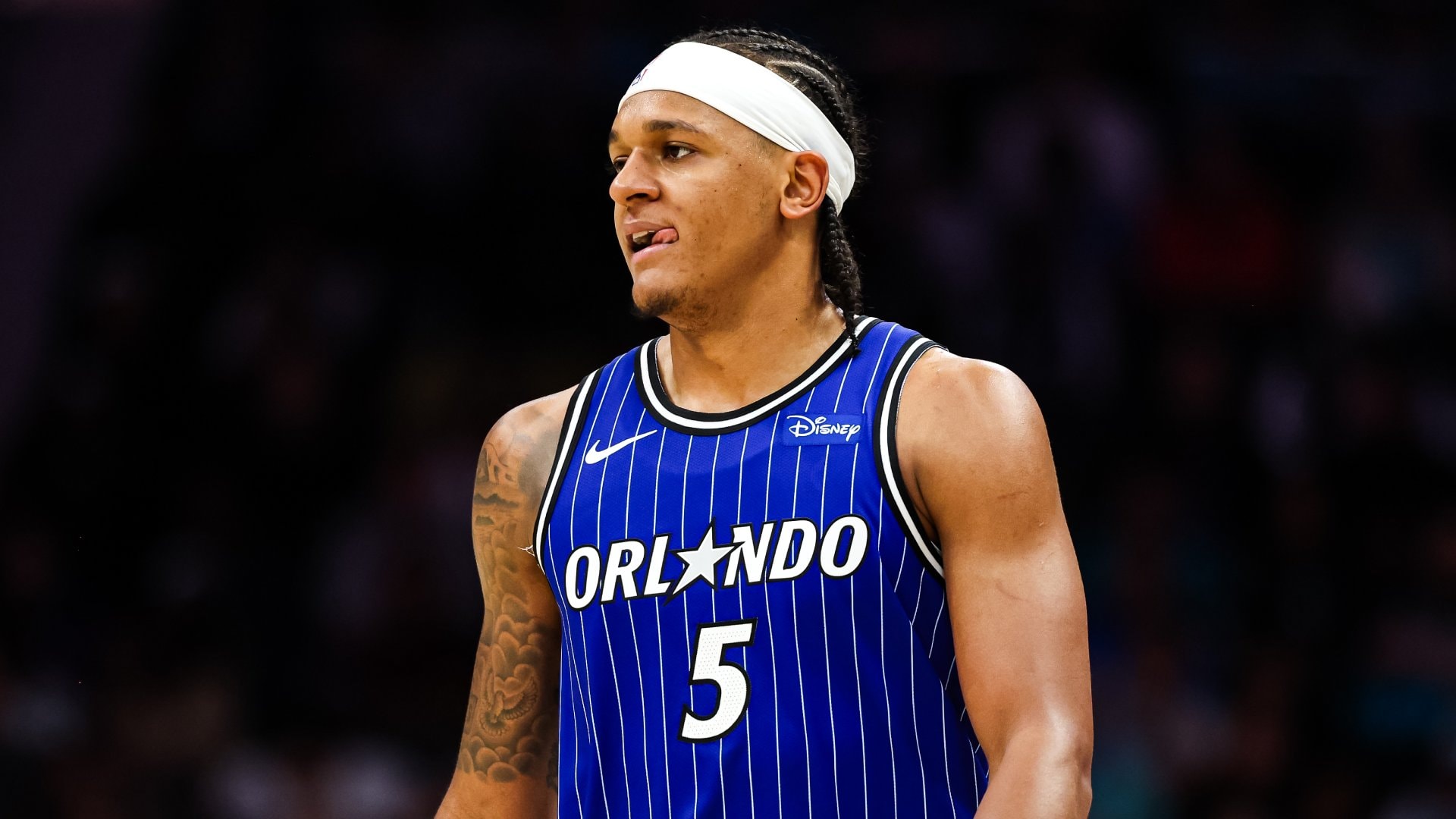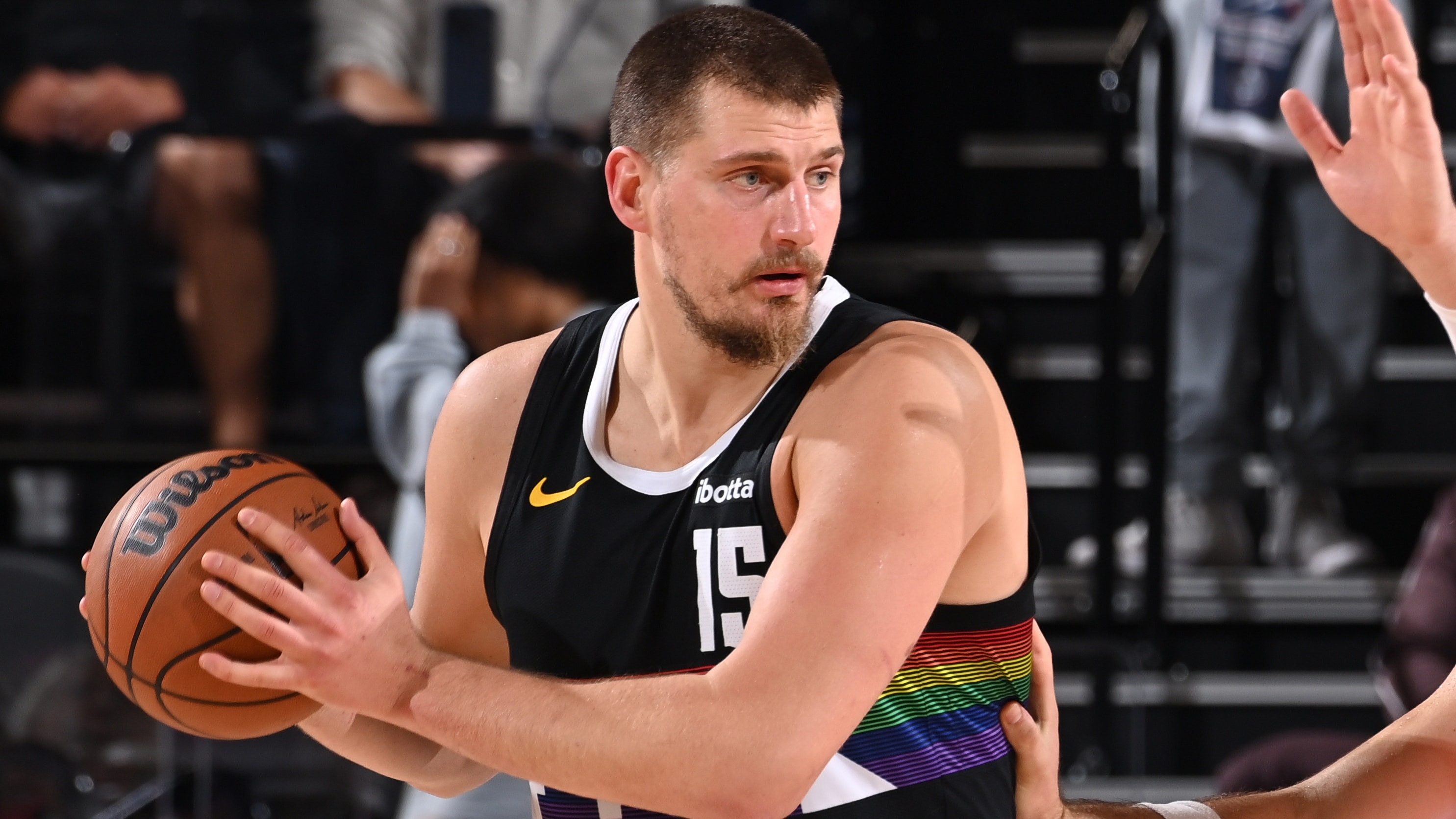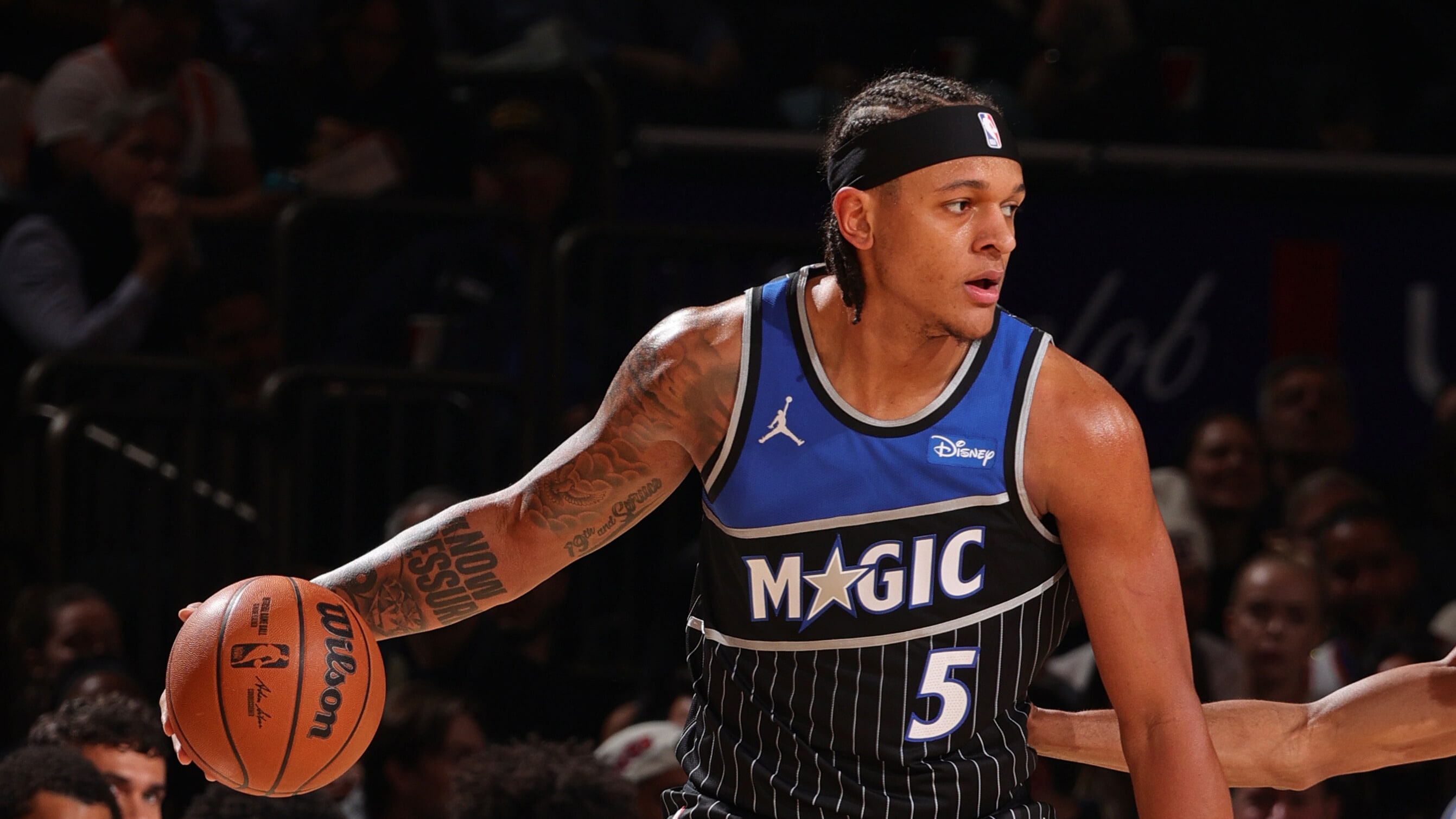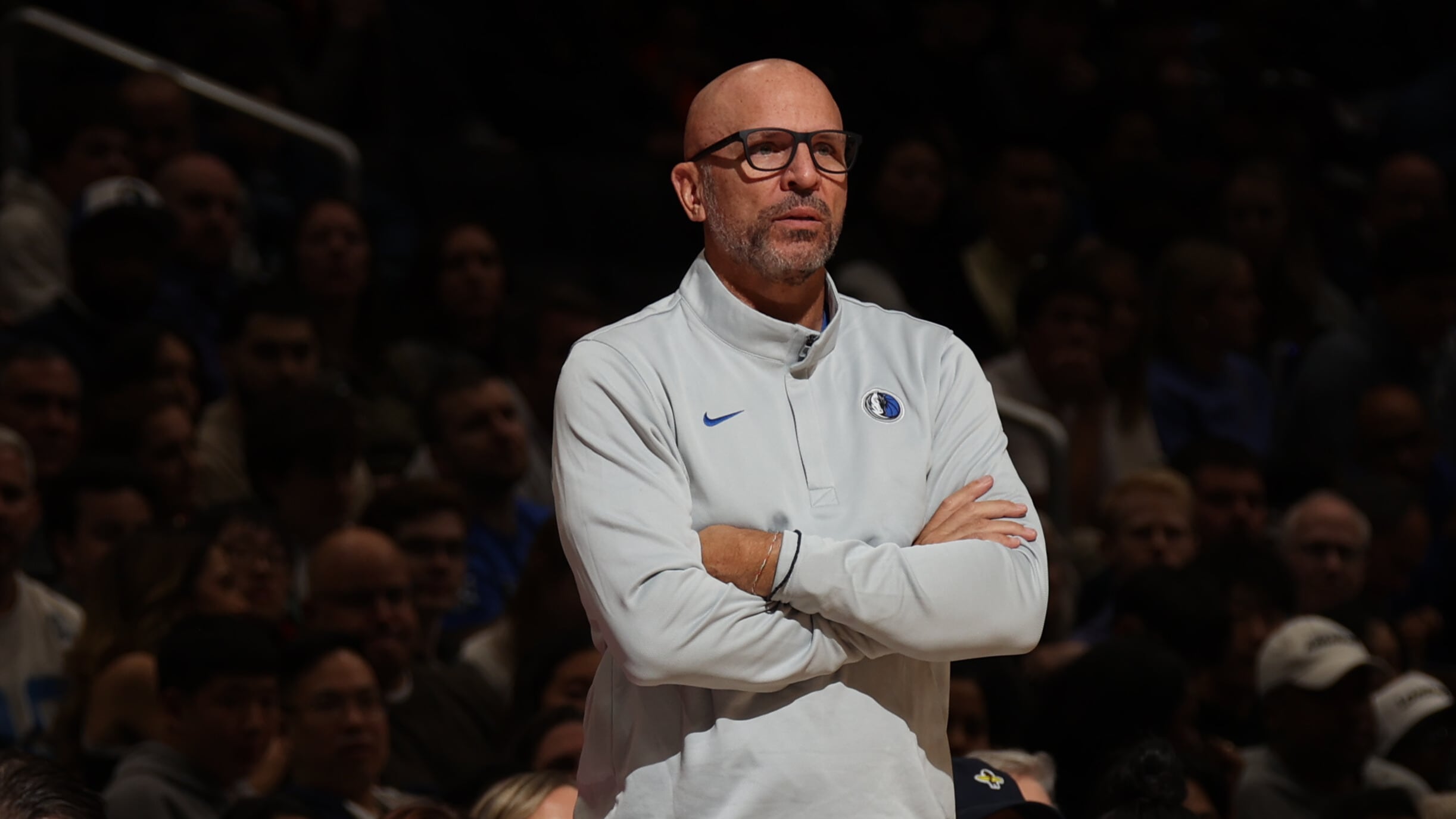In Memoriam: Lenny Wilkens (1937-2025)
Lenny Wilkens, a Hall of Fame player/coach and 9-time All-Star, was one of the premier guards of the 1960s. He died Nov. 9, age 88.
Lenny Wilkens was honored with a statue four months ago in Seattle, outside Climate Pledge Arena, the ultimate salute to basketball greatness, in a ceremony that drew hundreds. The hunk of bronze showed Wilkens with the basketball in his right hand — unusual, since he was a lefty who always dribbled in that direction — and was the first hoop monument of any kind in the city that once housed the SuperSonics.
Well: In the words of a confused Shaquille O’Neal, who once approached Wilkens many years ago and asked: “Coach, you played?”
That’s the essence of Wilkens, the dual role which puts him on an island. Yes, he played, well enough to get named to all of the NBA’s anniversary teams. And yes, he coached, well enough to win a championship and compile the most victories in NBA history (1,332) upon retiring.
Wilkens was all that through five decades of NBA service, although there’s another basketball accomplishment that he always wore proudly. Along with a few others, he was a pioneer, one of the early black players who dealt with a changing game and attitudes in the 1960s.
That’s why Wilkens, who died Sunday in Seattle at age 88, left a footprint and legacy in which few could — or ever will.
In an interview a few years ago, he said: “I always wanted to leave places better than the way I found it.”
Wilkens was opinionated without being the center of attention, personable without tolerating nonsense, and highly competitive. This was partly due to his upbringing, in Brooklyn, where he was born at the end of the Great Depression.
He had to be tough right away; his father died when Wilkens was just 5. Raised by his Irish Catholic mother, who worked part time at a candy factory, Wilkens had to help raise his three siblings.
He found an escape on the playgrounds, which rapidly sprouted basketball rims during the era of urban development in large cities. He developed a passion for sports, which was heightened one day when he delivered groceries to a neighbor who went by the name Jackie Robinson.
Pretty soon, Wilkens made a name for himself in Brooklyn, but only on the outdoor courts as an asphalt legend; he didn’t play high school ball until his senior year. Because of the late start, he needed help from a local priest to get into Providence.
There, he became a two-time All-American and led the Friars to a pair of NIT appearances and became the No. 6 pick in the 1960 draft, by the St. Louis Hawks (his rookie salary: $8,000).
At that time, the league had only eight teams, mostly located in large Eastern cities. St. Louis was different, as Wilkens quickly discovered, and not in a good way. The level of racism surprised him initially, then disappointed him. He was refused service in some restaurants, heard some slurs at games.
That’s when he recalled his moments and interactions with Robinson, and what the Brooklyn Dodger great did to navigate that climate. Wilkens knew then that his basketball mission had expanded outside his personal experience.
His basketball ability and popularity helped unite the city. He was a star with the Hawks; he helped lead them to the NBA Finals as a rookie point guard. In his second season, Wilkens played mainly on weekends while serving as a Second Lieutenant in the Army; he appeared in just 20 games.
A Hall of Famer as both an NBA player and an NBA coach, Lenny Wilkens was a 9-time All-Star and 1 of the best guards of the 1960s.
He was quick and clever, barely 6-foot and 175 pounds, mostly dribbling to his left — and still was rarely prevented from reaching the rim for layups. From St. Louis he landed at his next stop as a player, in Seattle, followed by short stints with the Cavaliers and Trail Blazers.
All told, Wilkens became a nine-time All-Star, who led the league in assists (9.1; 1970) and had his jersey number (19) retired by the Sonics.
He also served as a player-coach in Seattle, becoming the league’s second black coach – after Bill Russell – and returned five years later as coach-only.
Two years later, the Sonics were champions.
Wilkens delivered solid results with the Sonics, Cavaliers, Hawks, Raptors and Knicks. He only won one championship, but the best player Wilkens coached all those years … turned out to be Lenny Wilkens. When the Sonics went to the Finals in his first season as full-time coach, the year before winning the 1979 championship, they didn’t even have an All-Star.
Also, after winning the championship, he had the thankless task of trying to beat Magic Johnson and Kareem Abdul-Jabbar and those great Lakers teams, then later with the Cavs, trying to beat prime Michael Jordan and the Bulls.
He joined the Hawks the season they traded Dominique Wilkins. Atlanta was coming off a 43-win showing; Wilkens guided them to 57. He led the Raptors to their first playoff series victory, but only stayed two more years. Wilkens led five different teams to the playoffs. He was a coaching architect who turned around teams.
“Lenny Wilkens is an example and mentor to all of us who coach the game,” Pacers coach Rick Carlisle once said. “A true NBA treasure.”
Lenny Wilkens became the league's 2nd Black coach when he took the reins as player-coach of the Sonics in 1969.
Perhaps Wilkens’ greatest moment as a coach, aside from the Sonics championship year, came with the Cavaliers.
In the decisive 1989 first round Game 5 (then the series limit) between the Bulls and Cavs, the iconic image remains Jordan elevating over Craig Ehlo for the series-winning shot and punching the air.
But one great play was preceded by another, more forgotten one.
Wilkens drew up a play where Ehlo inbounded the ball, then cut to the basket for the hoop that stunned the Bulls and put the Cavs ahead. How many coaches today would devise a final minute play for their fourth-best player? The Cavs had three All-Stars in Mark Price, Larry Nance and Brad Daugherty; Wilkens opted for Ehlo.
How many coaches today would instead do what Bulls coach Doug Collins did — get the ball to their best player (Jordan) — and tell everyone else to get out of the way?
Wilkens was fearless like that, as a kid growing up poor in Brooklyn, as a player, as a racial pioneer when the league and the sporting nation needed them, and as a coach.
He’s a three-time inductee into the Naismith Memorial Basketball Hall of Fame — as a player, a coach and an assistant with the 1992 “Dream Team” at the Barcelona Olympics.
In that sense, Wilkens was the ultimate company man, if that company was basketball. From college, to the NBA as a player and coach, he only knew success.
That said, the longevity of success Wilkens recognized most was this: he was married 63 years to Marilyn. They lived most of their lives in Seattle, which never forgot what Wilkens meant to the city, as a player whose jersey was retired, and a coach who guided the team to its only title.
“He has uplifted this community in many ways,” said Washington Gov. Bob Ferguson at the statue ceremony. “From uniting our community when we won that world championship back in the 1970s to all the work he’s done quietly, behind the scenes when he’s not in front of 14,000 fans and a national TV audience — quietly working to uplift our community and the next generation.”
Shaun Powell has covered the NBA since 1985. You can email him here, find his archive here and follow him on X.

